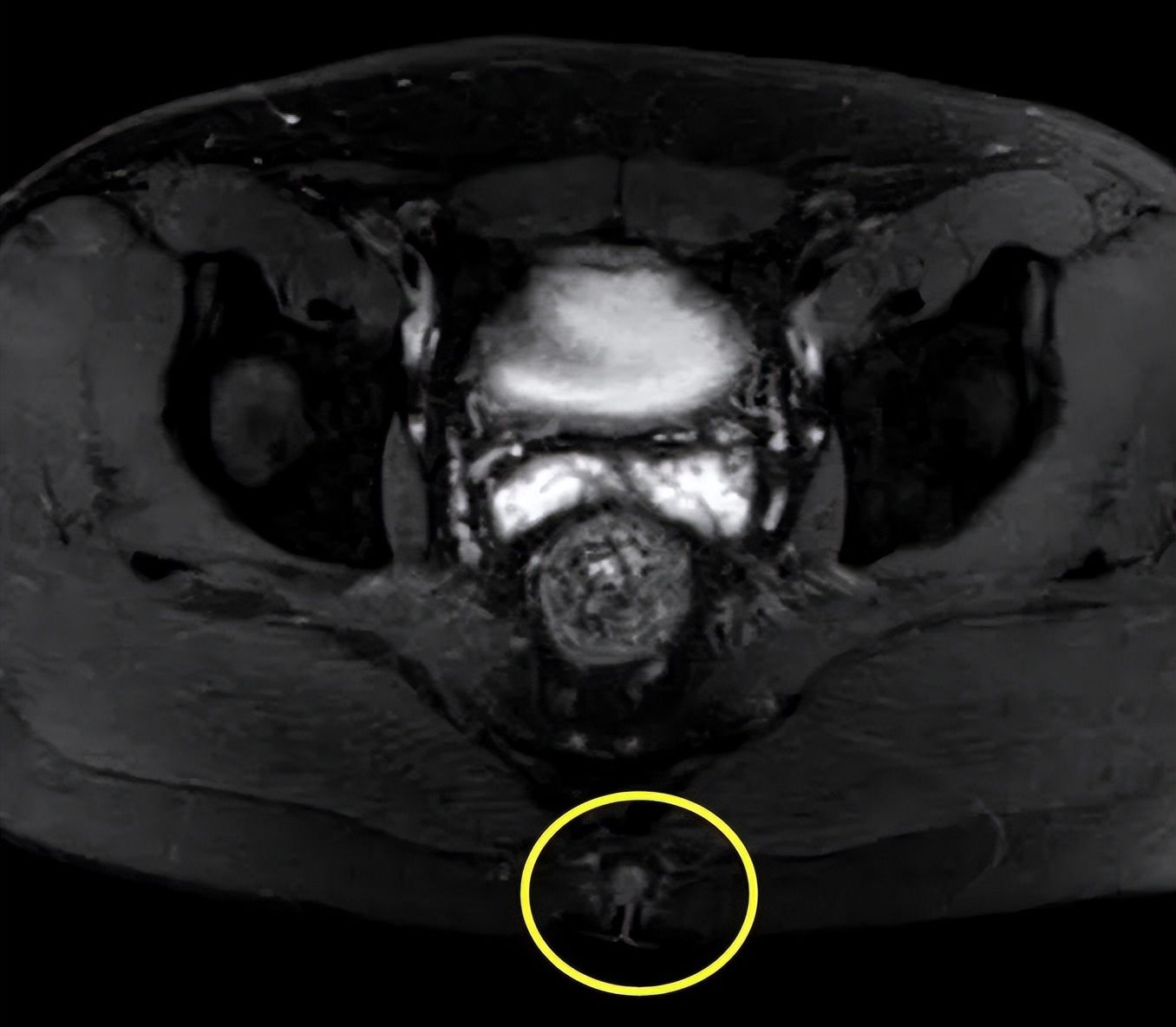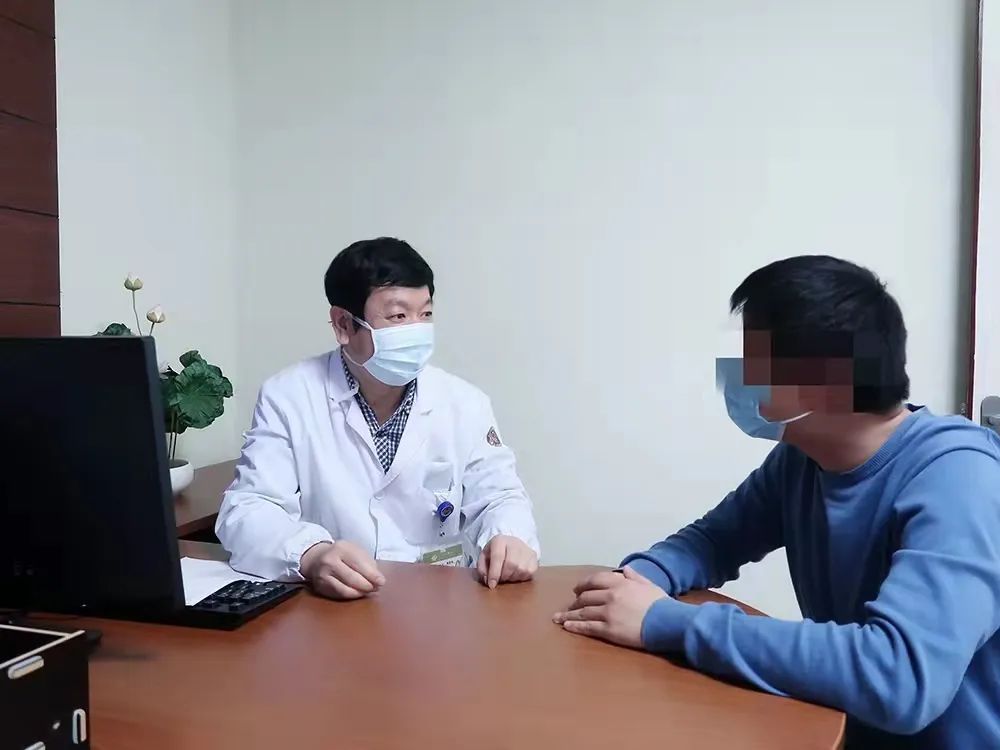Source: Zhejiang Provincial Hospital of Integrated Traditional Chinese and Western Medicine
27-year-old Xiao Chen (pseudonym) is a “code farmer”. Due to work reasons, he often sits for a long time. In addition to going to the toilet, almost never leave the chair. But recently, he has been a little “can’t sit still”. He found that he had a bag growing on his butt, and it hurt to press down.
He took a half-day off and came to the expert clinic of Han Gui and chief physician of the Orthopedics Department of Hangzhou Red Cross Hospital. “Director Han, my buttocks have been hurting for a month, and it affects my sleep at night!”
Faced with Xiao Chen’s troubles, Director Han carefully inquired about his medical history and physical examination, and found that his coccyx There is an obvious mass in the upper part, which is swollen and painful, and the surrounding skin is slightly warm. “It is very likely that there is already an inflammatory infection in your mass!” Director Han suggested that Xiao Chen be hospitalized to further improve the examination. According to various examination indications, Xiao Chen’s condition needs to be treated by surgery as soon as possible.

Picture| Examination shows that there is an unknown mass in the coccyx
Director Han arranged it immediately “Debridement of coccygeal abscess”, after the surgical incision surprised the doctor: the mass turned out to be a mass of “black and thick” hair!
Xiao Chen, who recovered well after the operation, couldn’t help but wonder, how could this ass be “planted” for no reason?
Director Han told him that the disease that is “planted” in the coccyx is actually called “pilonidal sinus”. It also has a name called “Jeep Disease”. As early as World War II, most of the sick people had the experience of riding a jeep for a long time, hence the name.
The pilonidal sinus is a rare, hair-bearing sinus in the skin that is characterized by its inclusions. Such sinuses can occur in the sacrococcygeal, parieto-occipital, and most common in the sacrococcygeal region.
According to authoritative data reports, the incidence rate in foreign countries is about 26/100,000, more common in white people, rare in yellow people, and relatively rare in my country, and its incidence rate has been increasing in recent years.
The disease is more common in males, with a male-to-female ratio of 4:1. It occurs after puberty and is more common in people with exuberant body hair. Generally speaking, it is rare under the age of 17, gradually increases after the age of 19, and reaches a peak after the age of 25. Obesity and thick body hair are prone to the disease.
Bad living habits, staying up late, and obesity are all bad factors for this disease. Take Xiao Chen as an example. In addition to sitting for a long time, he often has to work overtime and stay up late. There are many sugary drinks such as cola and coffee. He is 171cm tall and weighs 170 pounds, which is seriously exceeding the standard.
The clinical manifestations of most coccyx pilonidal sinuses are relatively insidious, often asymptomatic, only the sacrococcygeal bulge, sometimes feel pain and swelling in the coccyx, in severe cases, recurrent acute and chronic sacrococcygeal An abscess or a sinus tract that repeatedly overflows with secretions, with hair growing from the ostium that is not connected to the surrounding skin.
Director Han said that once the sacrococcygeal pilonidal sinus is diagnosed, surgery is the means of complete cure. The specific surgical method is determined by the number and extent of cysts and sinus tracts and the presence or absence of infection.

Chief Physician Han Guihe finally reminded: young people should maintain good living habits, do not stay up late, and strengthen exercise. For those who work in the workplace for a long time, it is even more necessary to combine work and rest, avoid prolonged sitting, avoid overeating, and keep in shape. Once there is an unexplained mass or pain in the coccyx, it is very important not to make a “diagnosis” for yourself. It is very important to seek medical attention in time.